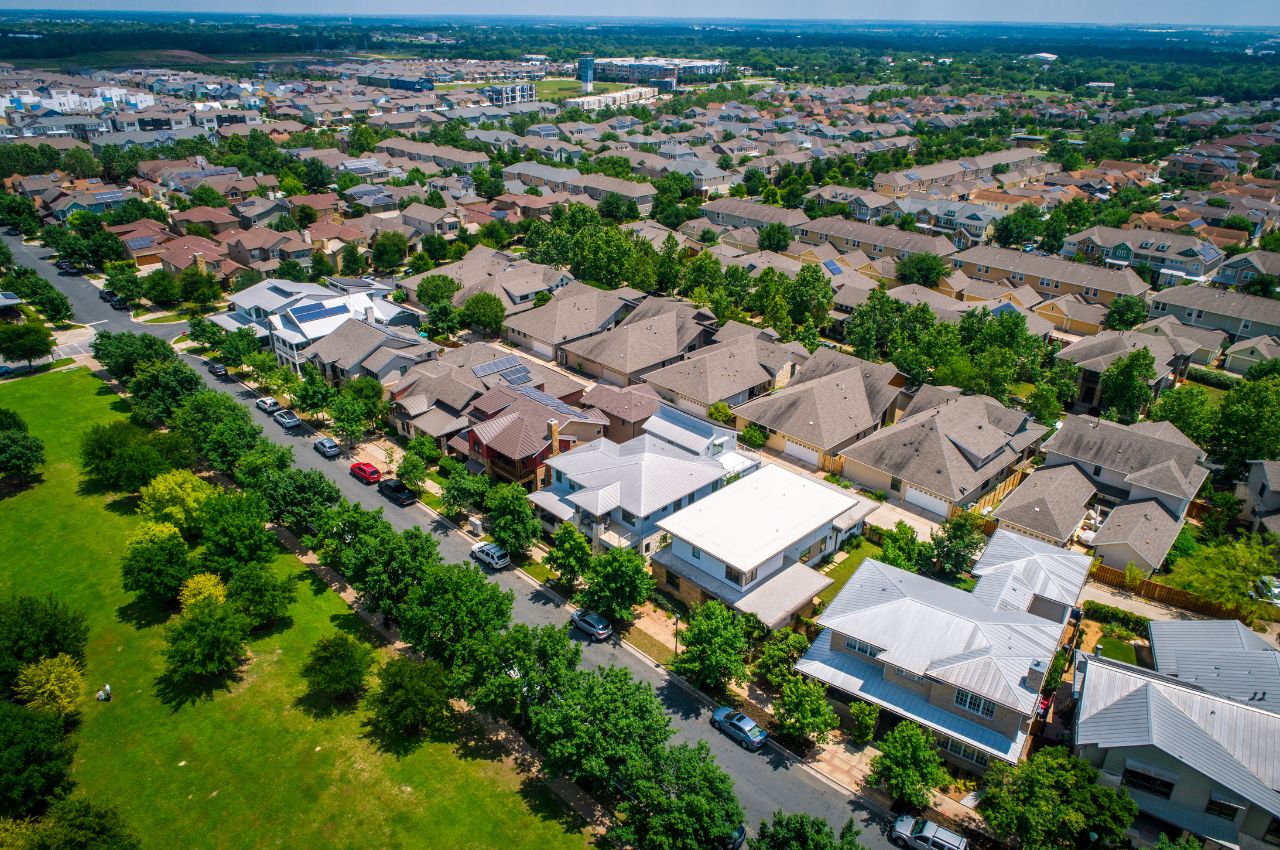A looming challenge has captured the attention of industry experts in Europe’s intricate real estate market. CBRE Group Inc., a prominent property consultant, has unveiled a comprehensive analysis revealing a substantial debt refinancing gap that could reach €176 billion between 2024 and 2027. As property values shrink and debt becomes scarcer and more expensive, the European real estate landscape is on the precipice of a significant financial hurdle.
The turbulent period of the last two years has seen European real estate markets grappling with plummeting asset values and a surge in troubled property loans on bank balance sheets. These circumstances have prompted banks to tighten their lending, exacerbating the challenges for borrowers facing a rise in relative indebtedness as asset values decline. Some have managed to inject new equity, securing fresh loans, while others find themselves compelled to sell their assets.
CBRE’s analysis points to loans against office buildings accounting for nearly half of the forecasted shortfall. The deficit for retail properties is smaller, but high-street stores, in particular, face a significant gap, comprising 30% of the originated debt. It’s a complex scenario where the intricacies of debt origination between 2019 and 2022 meet the harsh reality of potential non-refinancing.
According to CBRE’s estimates, 27.5% of the €640 billion in private real estate debt originated in the specified period may not find new capital when it matures. The funding gap is expected to be most pronounced in the office and multifamily sectors, amounting to €82 billion and €68 billion, respectively. Logistics and multifamily sectors, which experienced record investments in 2021 and early 2022, are also anticipated to face acute refinancing challenges in 2026 and 2027.
While these figures might paint a concerning picture, Tasos Vezyridis, head of thought leadership for Europe at CBRE, introduces a nuanced perspective. He suggests that relief from the funding gap will be limited in the next few years but anticipates a less pronounced impact in 2026 and 2027. The projection is based on a forecasted recovery of values and lower interest rates.
The extent of the funding gap, as outlined by CBRE, is not without its potential mitigations. Chris Gow, Head of Debt and Structured Finance for Europe at CBRE, believes lenders and borrowers can collaborate to extend and amend terms as loans mature. This cooperative approach could involve capital restructuring, asset sales, or, in challenging cases, write-downs of the original borrowed sum. Gow emphasizes that these real-world processes will likely smooth out and reduce the anticipated debt funding gap, even though the market is expected to face a significant funding challenge over the next few years.
Europe’s real estate market continues to navigate these complex financial waters, and the industry remains on alert, seeking innovative solutions and collaborative strategies to address the impending refinancing challenge. The market is evolving, and stakeholders are actively engaged in shaping a resilient and sustainable future for Europe’s real estate sector. According to experts, the path forward requires a delicate balance between financial acumen, strategic planning, and a shared commitment to the stability and growth of the real estate market across the continent.














































































































































































































































































































